The Trump Administration is working hard to secure the border. During a visit to Eagle Pass, …
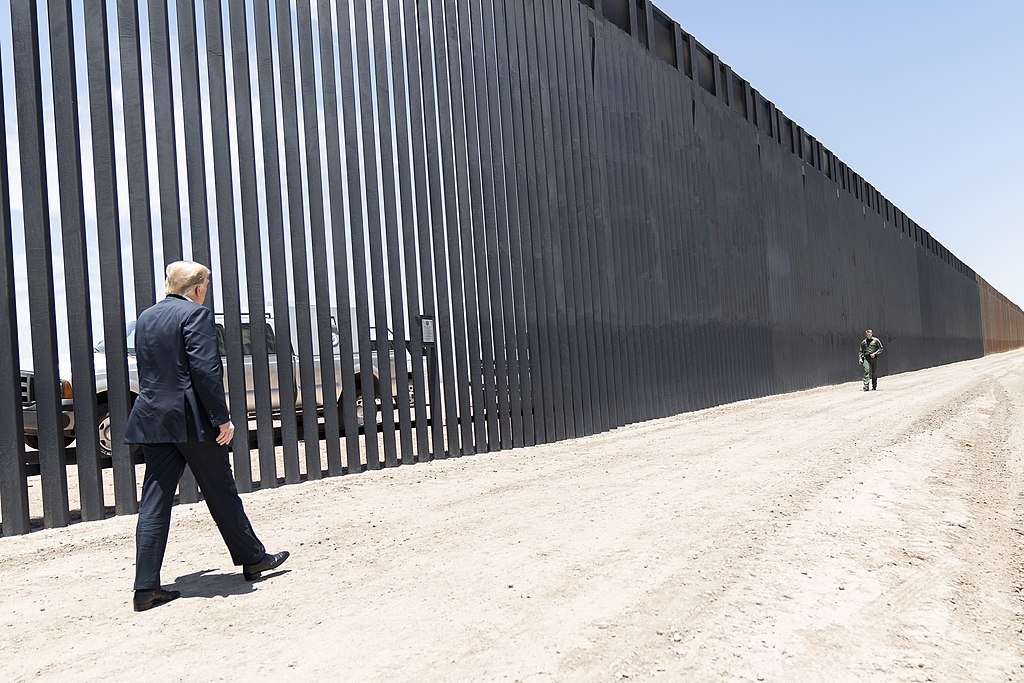
Virginia's Public Square
Virginia's Public Square

The Trump Administration is working hard to secure the border. During a visit to Eagle Pass, …

The Democrat-controlled U.S. House of Representatives voted 248-181 in favor of overriding Trump’s veto, 38 votes short of the two-thirds majority needed to reject the national emergency declaration.
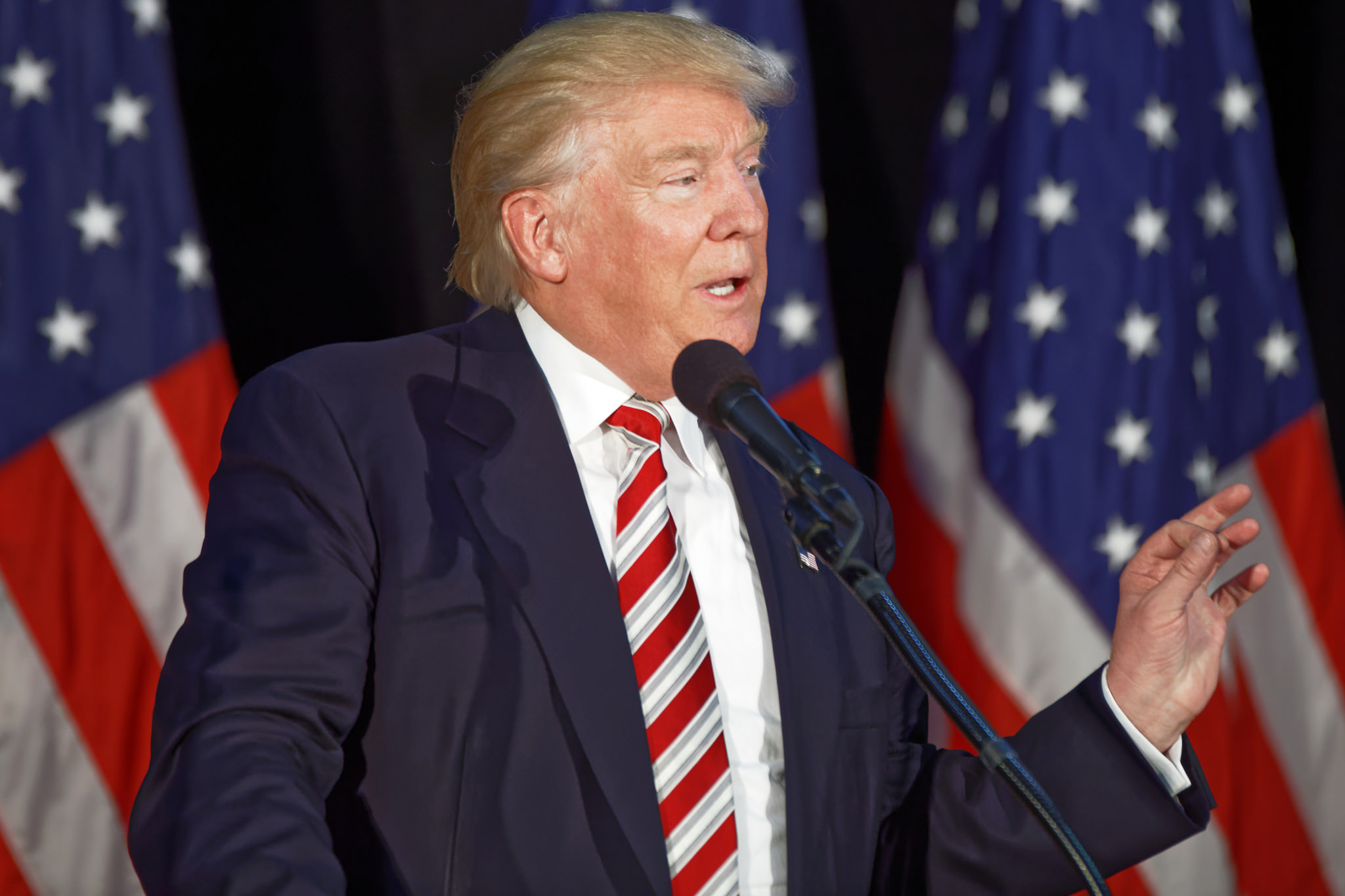
If both houses of Congress initially approve the measure, it is unlikely they will be able to garner the two-thirds majorities in each chamber to override President Trump’s inevitable first-ever veto.

During his announcement at the White House last Friday, President Donald Trump explained that “critical actions” are needed to “confront a problem that we have right here at home.”
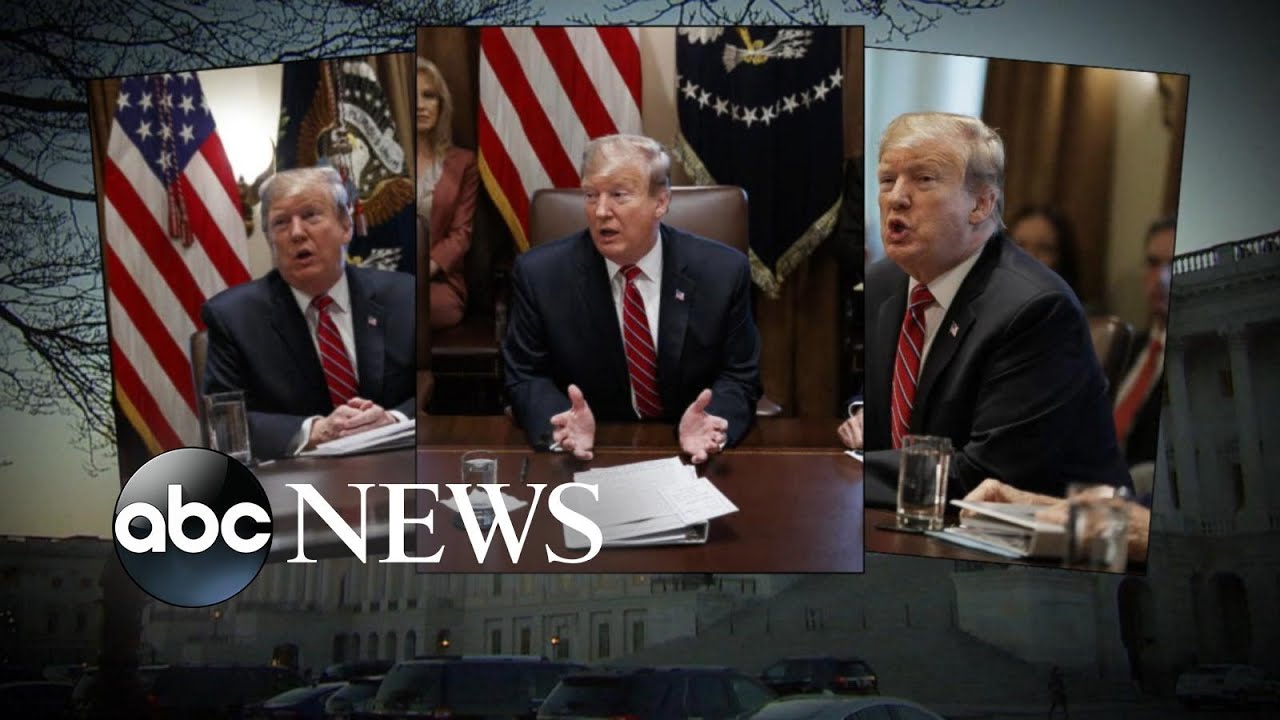
As the Friday deadline to pass a plan for border security to thwart yet another partial government shutdown edges closer, President Donald Trump will be getting money for his long-promised border wall, but much, much less than he originally requested. The 1,159-page border security compromise between both Republicans and Democrats in Congress gives Trump less than one quarter of the $5.7 billion he wanted to build the U.S.-Mexico border wall.
The bipartisan border deal includes just $1.375 billion for physical barriers. Nevertheless, the deal states that 55 miles worth of construction will begin in the Rio Grande Valley sector, which is said by U.S. Customs and Border Protection (CBP) to be the highest priority in its strategic plan to curb illegal border crossings.
Moreover, billions in funding was included for other border security programs like inspection equipment for ports of entry, humanitarian aid for detained migrants, funds to buy aircraft and materiel support, and provisions to hire 600 more customs officers and additional immigration judges.
On Tuesday in front of the White House, President Trump spoke of new border barrier construction beginning in southern Texas. “We just started a big, big section on the Rio Grande,” he said.
The six miles worth of concrete and steel barrier was announced in CBP’s 2018 fiscal year budget, which was not a part of the recently-struck deal. The Washington Examiner reports that the $145 million in wall construction will be supplemented by “detection technology, lighting, video surveillance, and an all-weather patrol road parallel.”
Although President Trump seems to be somewhat content with a full $23 billion in complete border protection funding, he is less than delighted with receiving four times less for wall construction than he requested.
After a two-month battle over border funding, which resulted in a 35-day partial government shutdown, the longest of such in U.S. history, the president will end up with the same amount of funding for the U.S.-Mexico border wall/barrier/fencing that he was offered before the shutdown showdown began.
In a little over one year, the argument surrounding border security funding has changed from Democrats once offering $25 billion for a border wall in exchange for immigration law changes and protections for Deferred Action for Childhood Arrivals (DACA) recipients, Democratic leaders then offering President Trump $1.3 billion for border fencing, a presumed compromise of $2.5 billion during the shutdown, to a final deal of $1.375 billion for barriers.
Though, while this will be seen by many as not the “big league” deal Trump or his most ardent supporters wanted, they may take some solace in Democratic Speaker of the House Nancy Pelosi going back on her word to not fund Trump’s “immoral” border wall.

The latest exchanges between President Donald Trump and Speaker of the House Nancy Pelosi have resolved little as lawmakers have until February 15 to strike a deal before the government could again shut down.
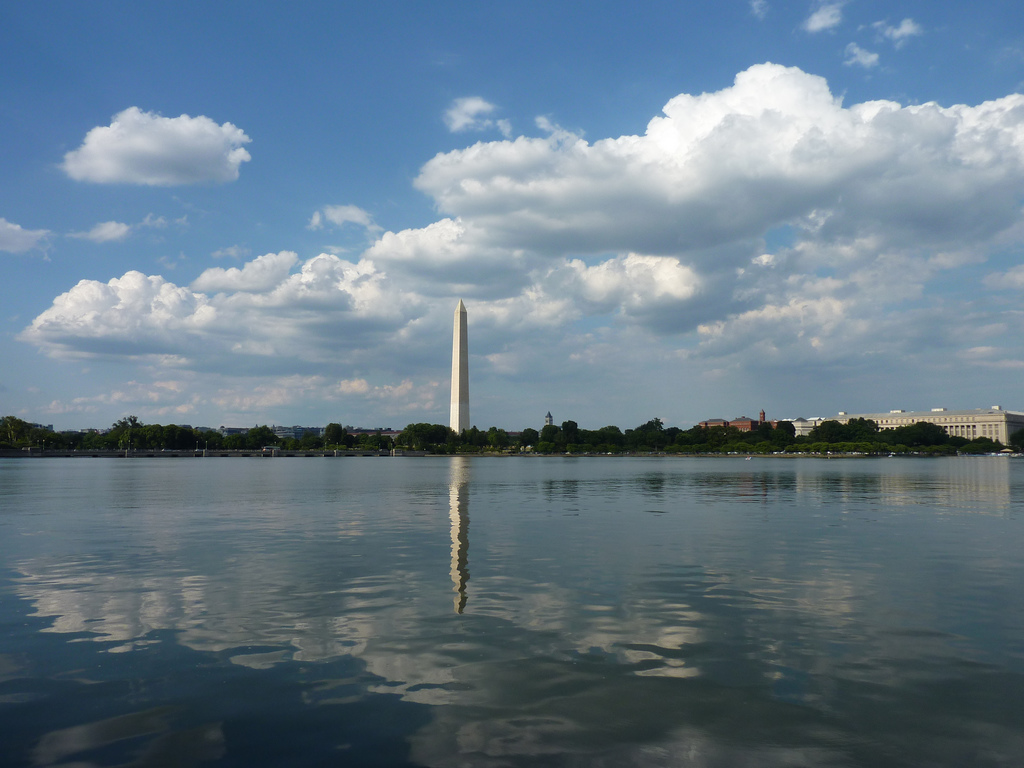
While President Donald Trump, the top Republican in power, has less than stellar favor with Americans, Speaker of the House Nancy Pelosi, the top Democrat in power, garnered even less good graces.
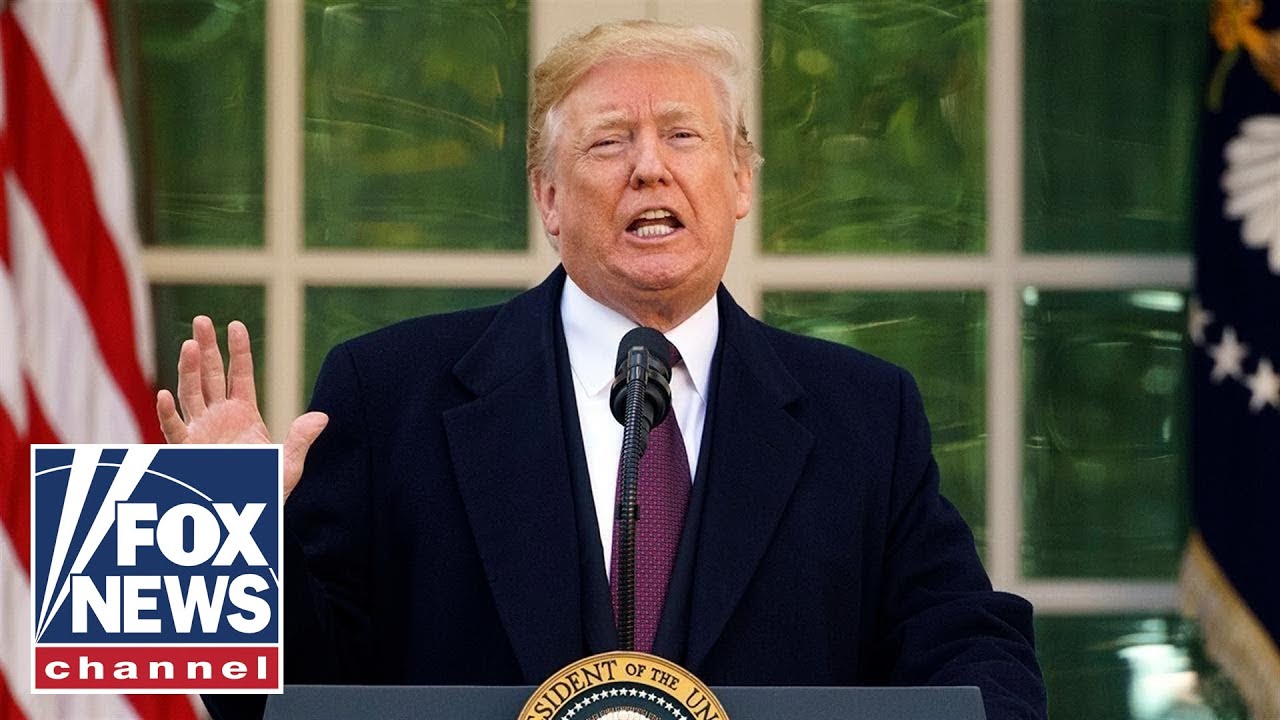
On Friday morning in the Rose Garden at the White House, President Donald Trump announced that a “deal has been reached” to reopen the 25 percent of the federal government that has been closed since December 22, 2018. The sudden change in momentum came as major airports are experiencing long delays and over 800,000 federal workers are getting ready to miss a second paycheck.
President Trump pledged to sign a bill on day 35 of the shutdown that would reopen the government for three weeks, until February 15. The funding package, however, will not include any money for the proposed U.S.-Mexico border wall.
On Thursday, Trump relayed to reporters that he would support “a reasonable agreement” to reopen the government as the impasse between the Republican-controlled Senate and the Democrat-controlled House of Representatives has reached extreme divisiveness. That same day, Senate Majority Leader Mitch McConnell (R-KY) scheduled votes for two likely failing plans to reopen nine federal agencies.
Under the Republican plan, $5.7 billion would be allocated to building the U.S.-Mexico border wall (or barrier) in “strategic locations” and, per President Trump‘s remarks, provide for a three-year extension of protections for over 700,000 undocumented immigrants shielded from deportation under the Obama-era Deferred Action for Childhood Arrivals (DACA) program. Trump’s funding request also includes $800 million for humanitarian assistance, $805 million for drug detection technology, 2,750 more border agents and law enforcement officers, and 75 more immigration judges.
Democrats, on the other hand, have continued to work on a package that would ignore the president’s demand for $5.7 billion for a southern border wall and would instead allocate funds for other ideas aimed at protecting the border, what they call a “21st Century plan.” Although the Democratic Party’s border security plan and its costs remain a work in progress, it is said to include money for scanning devices and other advanced technological tools to bolster security at certain ports of entry at the southern border, as well as money for additional border agents and immigration judges.
According to a report from AP, the Senate first rejected the Republican plan, garnering just a 50-47 vote for the measure, 10 shy of the 60 votes needed. Minutes later, senators voted 52-44 for the Democratic alternative, eight shy of the 60 votes needed.
Last night and this morning, at least five Republican Senators called Trump to urge him to reopen the government, having the upper chamber consider his $5.7 billion request for border wall money through different legislation.
With the government set to reopen for the next three weeks, the president added in his speech that a bipartisan contingent of lawmakers from both the House and Senate will meet to develop a border security funding proposal for the Department of Homeland Security.
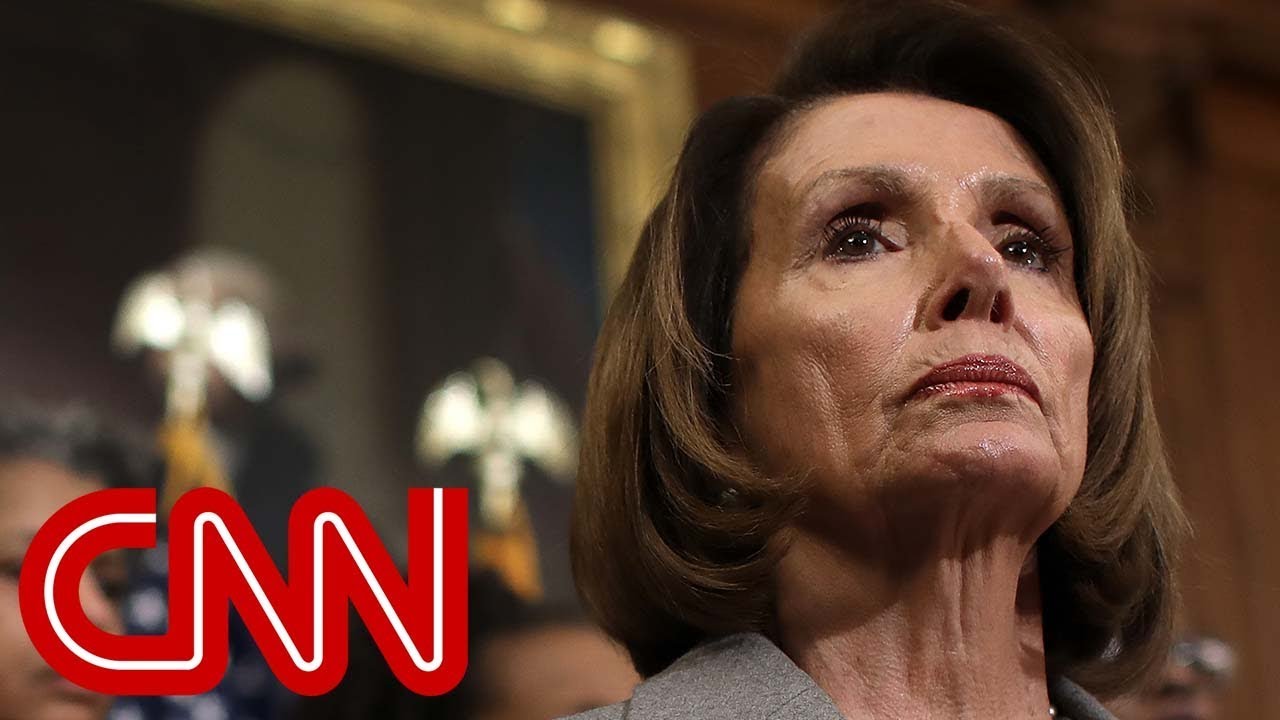
With day 33 of the partial government shutdown in the books, the Senate has scheduled votes on Thursday in the first attempt of such since federal funding an out at midnight on December 21, 2018. However, funding packages from both parties in power are likely to fail to meet the 60-vote threshold in the Senate to end the impasse, which is under 53-47 Republican control.
Both bills would reopen nine federal agencies and dole out paychecks to 800,000 government employees, but the similarities end there.
Under the Republican plan, $5.7 billion would be allocated to building the U.S.-Mexico border wall (or barrier) in “strategic locations” and, per President Trump‘s remarks, provide for a three-year extension of protections for over 700,000 undocumented immigrants shielded from deportation under the Obama-era Deferred Action for Childhood Arrivals (DACA) program. Trump’s funding request also includes $800 million for humanitarian assistance, $805 million for drug detection technology, 2,750 more border agents and law enforcement officers, and 75 more immigration judges.
Democrats, on the other hand, have continued to work on a package that would ignore the president’s demand for $5.7 billion for a southern border wall and would instead allocate funds for other ideas aimed at protecting the border, what they call a “21st Century plan.” Although the Democratic Party’s border security plan and its costs remain a work in progress, it is said to include money for scanning devices and other advanced technological tools to bolster security at certain ports of entry at the southern border, as well as money for additional border agents and immigration judges.
Even if the Senate were to pass either plan, Speaker of the House Nancy Pelosi (CA-12) has already scheduled to send the lower chamber home on Friday, ensuring that the shutdown will continue into next week. Moreover, it will fuel more animus in Republicans that the speaker and her party are not as interested as they say in reopening the government and sending hundreds of thousands of people back to work.
Nevertheless, in the consistent fighting between the Democratic leader of the House of Representatives and the Republican president, the State of the Union address next week has been postponed. Trump yielded to the speaker after a week-long showdown that featured the commander in chief cancelling a trip commissioned by Pelosi and a select group of congressional Democrats to Belgium, Egypt, and Afghanistan, calling the “seven-day excursion” an unnecessary “public relations event.”
White House officials have considered a backup plan to have President Trump give the speech at an alternate location if majority Democrats block the House chamber. Regardless, as the length of the shutdown is now unprecedented, Pelosi could break another bureaucratic paradigm as no invitation for the president’s State of the Union address has ever been rescinded.

As the partial government shutdown rolls through day 30, President Donald Trump rolled out a plan this weekend that includes funding for the proposed southern border wall, teamed with revitalized protections for certain groups of undocumented immigrants. While the commander in chief’s olive branch was praised by those near the political center, it did draw ire from conservative immigration hard-liners and Democrats, who called the measure a “non-starter.”
The plan includes a three-year extension of protections for over 700,000 undocumented immigrants shielded from deportation under the Obama-era Deferred Action for Childhood Arrivals (DACA) program. In exchange, $5.7 billion in funding would be dedicated to the U.S.-Mexico border wall.
Nevertheless, Trump has backed off of his hundreds of miles of wall request, now proposing only a strategic deployment of steel barriers at high priority locations. His funding request also includes $800 million for humanitarian assistance, $805 million for drug detection technology, 2,750 more border agents and law enforcement officers, and 75 more immigration judges, according to The Hill.
Senate Majority Leader Mitch McConnell (R-KY) has promised Trump that his package will be brought to the floor of the upper chamber this week.
For the few Republicans and conservative talking heads that called the president’s plan amnesty, he responded to those claims via Twitter.
No, Amnesty is not a part of my offer,” Trump said. “It is a 3 year extension of DACA. Amnesty will be used only on a much bigger deal, whether on immigration or something else.
Regardless, Speaker of the House Nancy Pelosi (CA-14) and Senate Minority Leader Schumer (D-NY) signaled that they would not take up the deal.
Accosting the opposition party and charging them to take the deal to re-open the federal government, the president added, “Nancy Pelosi and some of the Democrats…don’t see crime & drugs, they only see 2020 – which they are not going to win…They should do the right thing for the Country & allow people to go back to work.
Considering congressional Democrats have refused to take up Trump’s plan, they have shown that pride is more important than compromise – even if it means 800,000 federal workers continue to be furloughed as 25 percent of the U.S. government remains closed.